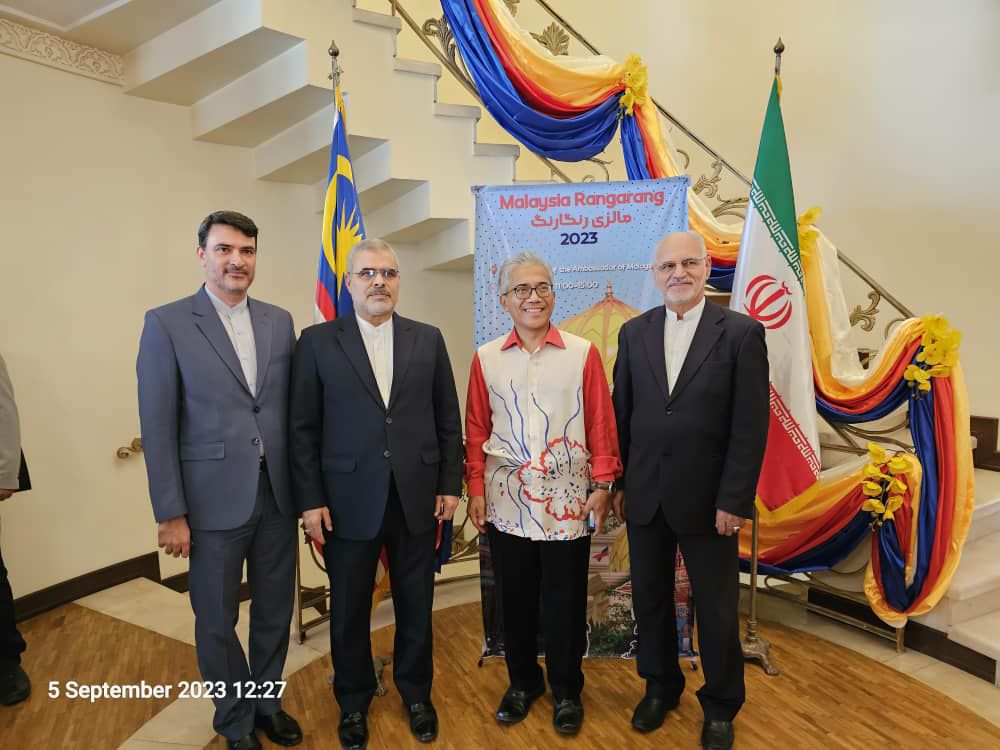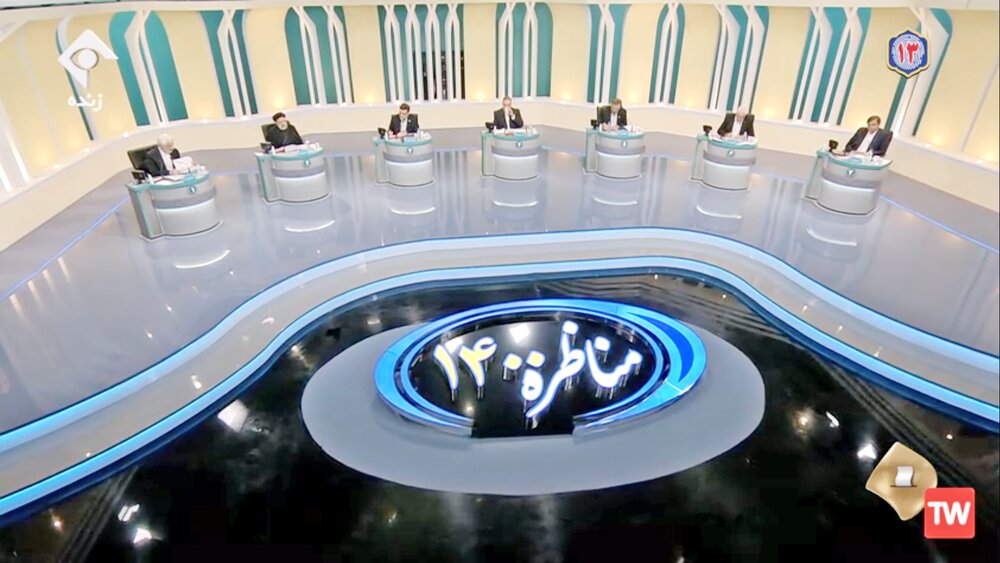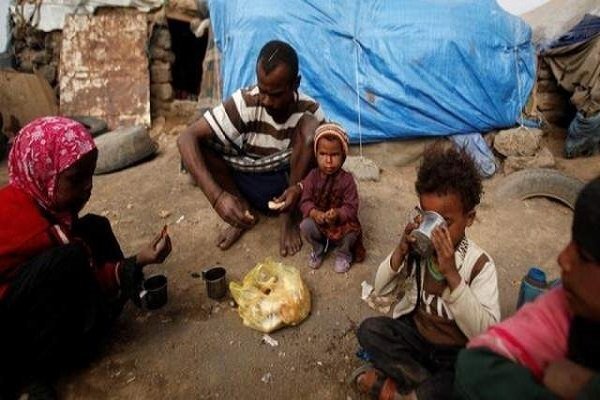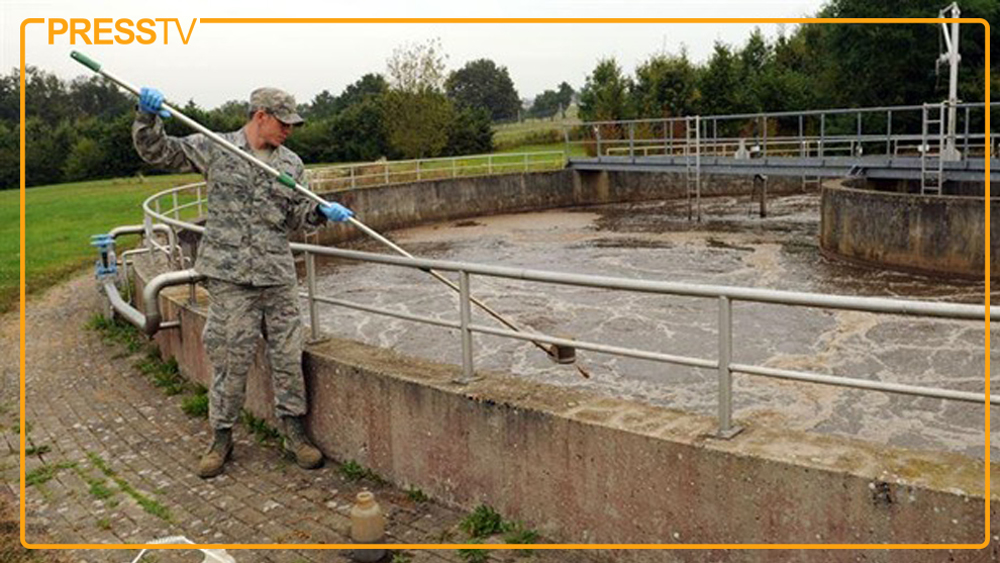Threefold Increase in Export Value Possible by Eliminating Raw Material Sales
TEHRAN (Iran News) Amir Roshanbakhsh spoke on Saturday about research conducted by the organization. He noted that globally, especially in China, 60% of exports are carried out by SMEs, which account for 90% of China’s GDP and 80% of its employment. Similarly, in countries like Germany, 99% of companies are SMEs. These countries have built their exports on high-value-added and final products, resulting in not only increased national income but also sustainable employment.
Roshanbakhsh explained that Iran’s Trade Promotion Organization has fundamentally launched the ERA scheme to support SMEs in export activities. The program found that many SMEs lack export knowledge but have the desire to enter this field. Companies that successfully complete the export readiness assessment can enter export markets directly, while those lacking readiness will collaborate with Export Management Companies (EMCs) to carry out their exports.
This cooperative model is being implemented nationwide for the first time. For example, a company aiming to export to Russia can utilize EMCs based in Russia who understand the market well. These EMCs analyze the target market, packaging needs, standards, and consumer preferences and relay this information to producers to tailor their goods accordingly.
Roshanbakhsh emphasized that this approach strengthens SMEs and encourages export-oriented production, which also improves domestic product quality. When quality export-oriented products are produced, more markets open up, and employment grows. Currently, the average export value per ton of Iranian goods is $370–$380; eliminating raw material exports could boost this figure to around $1,200—nearly three times higher.
The official also stressed that legal frameworks to enhance exports are now in place. The establishment of export consortia, export accelerators, and strengthening EMCs have been outlined in regulations for Iran’s Seventh Development Plan. These measures free SMEs from complex export processes, allowing them to focus on production and quality improvement while specialized export management companies handle the export process.
He added that the recently established Supreme Export Council within the Trade Promotion Organization will play a regulatory role in effectively implementing this export development strategy for SMEs. Iranian commercial attachés in target countries have been selected based on trade statistics and needs assessments, forming part of the export development chain. They study target markets and relay information back to Iran to help policymakers and the private sector make informed decisions. Private sector collaboration remains critical throughout this process.
- source : IRAN NEWS ECONOMIC DESK






























